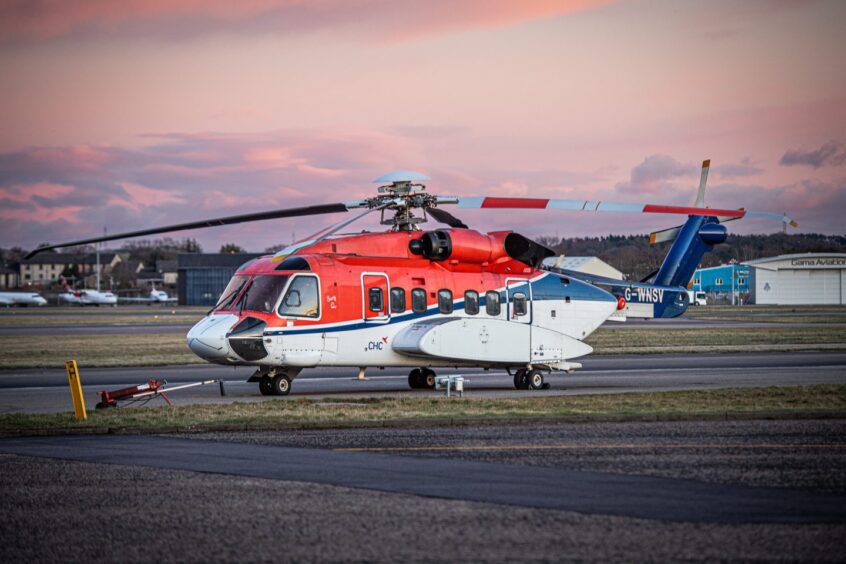
Helicopter services company CHC Helicopter announced on August 8 that it had secured a contract from RWE Renewables to support the development of its Sofia offshore wind farm in the North Sea.
The contract with CHC represents another milestone for RWE as it is the first time the company has contracted a helicopter service during the construction phase of an offshore wind farm.
CHC said it would operate an AW139 to provide crew change support for the development of Sofia, with flights from its Norwich base starting in September 2024.
CHC welcomed the contract as an expansion of its role as a provider of helicopter services to the offshore wind industry.
The company is also currently providing crew transportation services for the construction of the Dogger Bank offshore wind farm and has provided crew transportation support to Orsted’s Hornsea 1 and 2 projects since 2017.
The Hornsea projects are currently the largest offshore wind farms globally but will be overtaken by Dogger Bank upon its completion.
RWE’s senior project manager for the Sofia offshore wind farm, Jonathan Grigg, said in the announcement that Sofia’s distance from shore meant that RWE needs a “first class helicopter service” to support construction.
The Sofia project is being developed in the Dogger Bank area, 195km off the East Coast of England. It was originally known as the Dogger Bank Teesside B project and was one of four project areas proposed within the Dogger Bank Zone.
All of the projects received planning consent in 2015 and their ownership subsequently underwent changes, with RWE taking full ownership of Dogger Bank Teesside B – subsequently renamed Sofia – while withdrawing from the other three projects. Those three other projects, meanwhile, collectively became the Dogger Bank Wind Farm and are now being developed by Equinor, SSE and Vargronn.
Sofia will be RWE’s largest offshore wind farm to date, with 100 turbines and a capacity of 1.4GW. The wind farm will be one of the world’s first to use Siemens Gamesa SG 14-222 DD offshore wind turbines, which RWE has previously described as the most advanced offshore wind turbine technology available.
Construction on the project is expected to be completed in 2026.
Construction progress
CHC’s announcement is not the only recent update relating to construction at Sofia. On July 22, heavy lifting and crane services specialist Sarens said it had completed the Sofia offshore converter platform (OCP) jacket and topside weighing and loadout project, which was managed by Seatrium, in mid-June.
The OCP, which will convert energy from wind turbines into direct current power and transmit it to shore, will be a key component of the high-voltage direct current (HVDC) electrical system at Sofia.
The loadout campaign was carried out at the Seatrium Yard in Batam, Indonesia. Sarens provided services including manpower, engineering, mooring winches, weighing equipment and axles with self-propelled modular transporters (SPMTs) for the weighing and loadout.
Sarens said the project’s highlight was transporting and loading the OCP topside, which was the heaviest move of a topside in Southeast Asia at 14,000 tonnes, as well as one of the heaviest to have ever been performed globally.
The next step will be the installation of the OCP, jacket and pin piles at the Sofia site. According to a July 28 Notice to Mariners from RWE, Heerema Marine Contractors’ Sleipnir semi-submersible heavy lift vessel (SSHLV) is scheduled to begin installation work on or around August 10.
This comes after RWE said in late May that it had installed the first turbine foundation at Sofia, marking the start of offshore construction within the array itself.
While the total duration of the turbine foundation installation campaign phase will depend on sea conditions, all 100 foundations are expected to be installed by the spring of 2025.
Recommended for you
